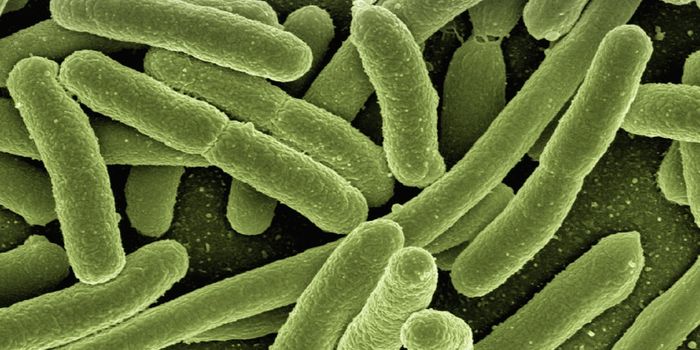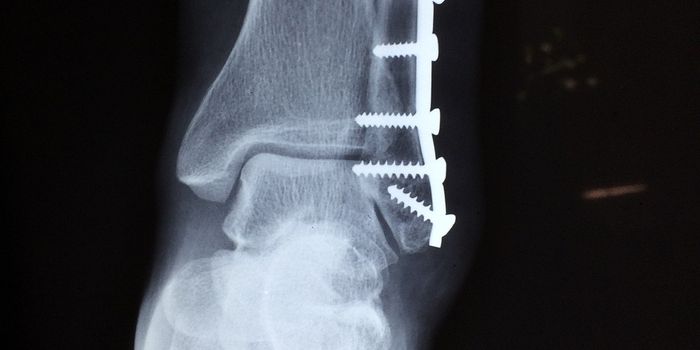Researchers Reveal Genetic 'Borgs' in the Microbial World
If you're a Star Trek fan, you've heard of the Borg, a hive-mind character that can assimilate others as they seek to take control of the galaxy. But genetic 'Borgs' actually exist in our world too. Researchers discovered genetic elements in microbes that seem to boost the metabolic rate of the microbial cells. The scientists called these genetic elements Borgs because they are made up of bits of DNA that have been taken, or assimilated, from many different organisms. Now in the journal Nature, more has been reveled about the genes contained in Borgs found in methane-consuming microbes, and the role the impact the Borgs may have on environmental processes like the carbon cycle.
While most of us are familiar with single-celled organisms like bacteria, there is another branch of single-celled microbes, called archaea, on life's tree. One type of archaea called Methanoperedens can consume methane or CH4, in the atmosphere, soil, and groundwater, breaking the chemical down to support metabolism in cells.
Methane is a very potent greenhouse gas, and is thought to account for about 30 percent of climate change caused by humans. Methane can come from natural sources but human industrial processes lead to the release of large amounts of it.
Researchers including study author Professor Jill Banfield of Lawrence Berkeley National Laboratory and UC Berkeley have been collecting microbes to learn more about how their genes can influence chemicals in the atmosphere. Some genes are in the microbial genome while others can move around as extra-chromosomal elements (ECEs), which might be found in viruses, bacteria, or archaea and can be shared among different species.
Methanoperedens, a type of methane-eating archaea, were obtained from wet California soils. The researches determined that some carried a totally new kind of ECE. While scientists are familiar with circular plasmids that can move among organisms, free of the genome, the ECEs identified in this work are linear and very long, up to one-third the size of the whole Methanoperedens genome.
Nineteen of these Borg ECEs were eventually identified after the researchers assessed samples of methane-consuming archaea taken from aquifers, soils, and riverbeds in Colorado and California.
A genetic analysis showed that many Borg gene sequences are like genes that help metabolize methane in the Methanoperedens genome. Some Borgs carry enough genes to fully process methane on their own, once they get into a cell capable of expressing the genes.
The researchers suggested that Borgs might be leftover bits of microbes that Methanoperedens have engulfed, aiding their own metabolism. This process may be similar to one seen in plant cells, in which photosynthetic microbes that once lived freely were taken up by plants, so that the plants would gain access to what is now known as chloroplasts. An ancient eukaryotic cell is also thought to have taken up a microbe that has become mitochondria.
No matter where they came from, it seems evident that Borgs have lived with these archaea, moving genes around, for a very long time.
There were some Methanoperedens that did not have Borgs. Some Borgs carried unique genes that were responsible for other aspects of physiology, and some have a yet-to-be-determined function. Scientists have a lot more questions to answer about Borgs too, such as why some microbes use them but others don't.
"There is evidence that different types of Borgs sometimes coexist in the same host Methanopreredens cell. This opens the possibility that Borgs could be spreading genes across lineages," said Banfield.
Sources: Lawrence Berkeley National Laboratory, Nature









